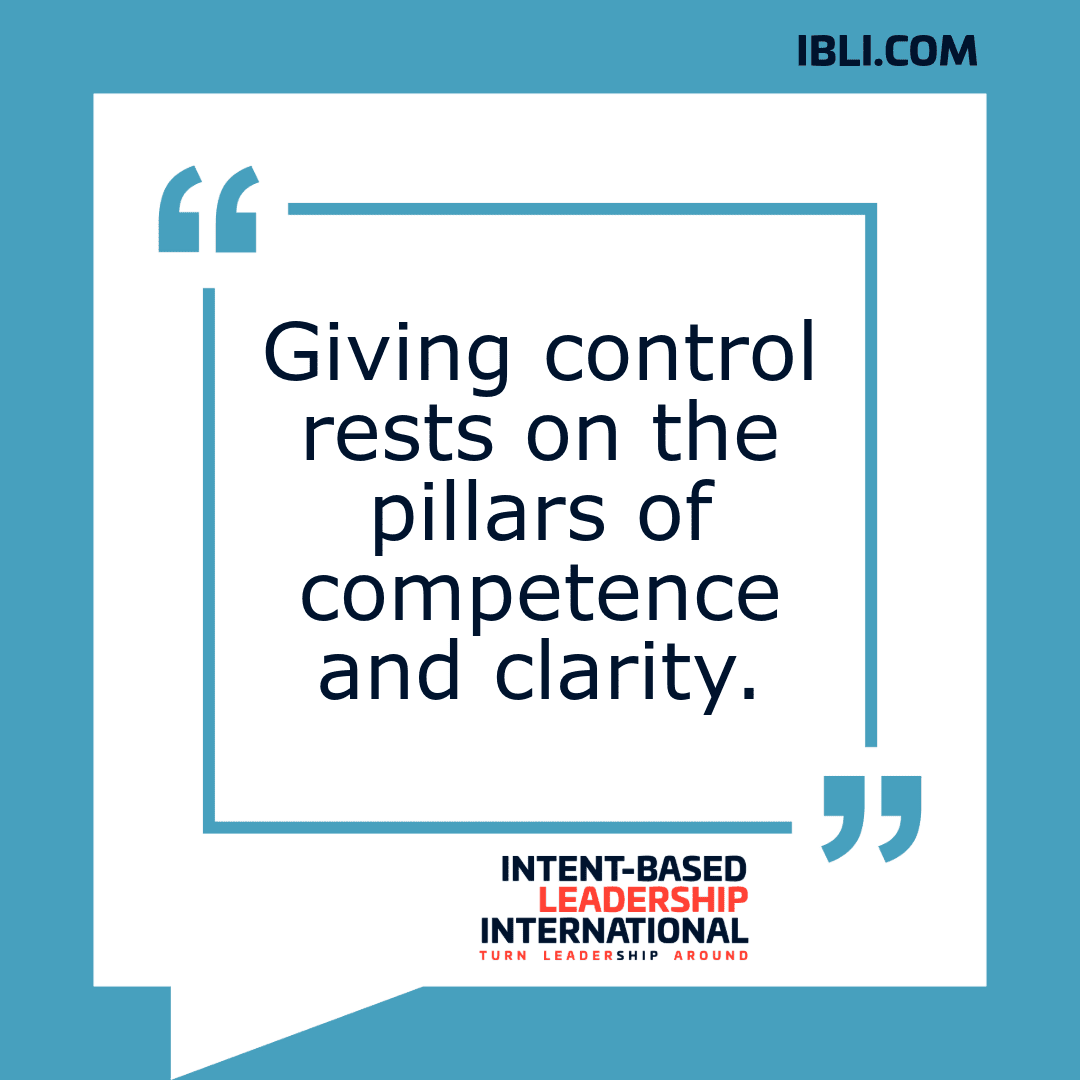
Giving control rests on the pillars of competence and clarity.
Imagine a captain handing over the wheel of a ship to a crew member. Would the captain do this if the crew member didn't know how to steer? Of course not! Competence is about making sure people have the skills, knowledge, and confidence to take control effectively.
As leaders, we can't simply hand over decision-making authority and hope for the best. We need to ensure our team members are equipped to handle the tasks at hand. This could mean providing training, sharing knowledge, or mentoring them through challenges. When people feel prepared, they're more likely to step up and succeed.
Competence also builds trust. When we see someone perform well, we trust them to take on even bigger challenges. It's a positive cycle - success breeds confidence, which breeds more success.
Now let's talk about Clarity.
Even the most skilled person can fail if the goal isn't clear. This is where clarity comes in. Clarity ensures that everyone understands the mission, their role, and the desired outcome.
Think about a sports team. Every player needs to know the rules of the game, the strategy for winning, and their position on the field. Without clarity, even the best players can make mistakes. In leadership, this means being crystal clear about expectations, priorities, and the big picture.
When leaders provide clarity, they reduce confusion and the team can act with purpose. People don't waste time second-guessing their decisions because they know exactly what's expected.
Competence + Clarity = Control
Giving control isn't about abandoning responsibility - it's about moving the decision-making responsibility to the person closest to the information. Leaders who focus on building competence and clarity create an environment where team members feel supported and trusted.
This approach has a ripple effect. It encourages creativity, accountability, and ownership. Teams become more agile and resilient because they’re no longer waiting for instructions - they're equipped to make decisions and take initiative.
As leaders, it's tempting to hold onto control, especially when the stakes are high. But true leadership means giving control in a way that sets others up for success. Ask yourself:
Have I given my team the tools and knowledge they need?
Am I clear about the goals and expectations?
Do I trust my team to rise to the occasion?
By focusing on competence and clarity, you can confidently give control to your team, knowing they're ready to take the lead.
